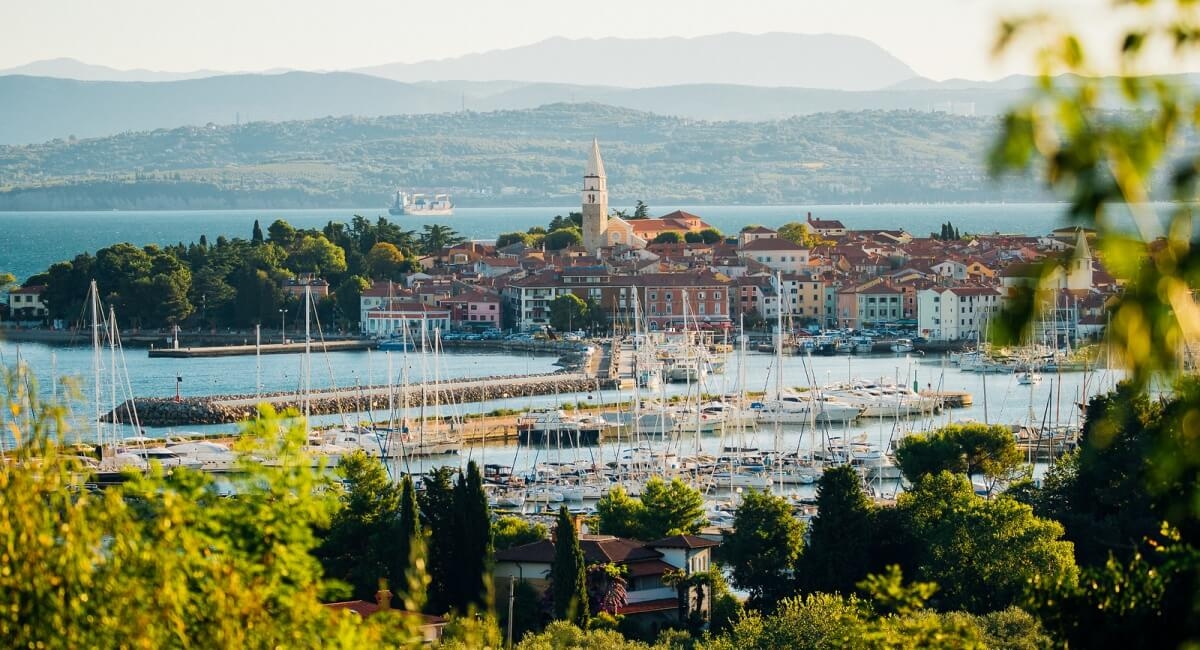Slovenians have used EUR 49,71 million worth of tourism vouchers between 19 June and 9 August, which is 14% of the amount made available as part of the government’s stimulus scheme, in place until the end of the year. The coast, mountains and spas have been the primary beneficiaries, while cities are continuing to struggle.
The total value of tourism vouchers available to Slovenia’s 2.08 million residents is EUR 356.9 million, with each adult having EUR 200 and each minor EUR 50 at their disposal to pay for accommodation and breakfast in hotels, self-catering units, camps, agritourism farms and other similar facilities.
Data from the Financial Administration show that 17.6% of the vouchers have been fully of partially redeemed so far, with 14% of the total amount available spent.
The coastal municipality of Piran stands out with EUR 9.9 million collected so far, while other coastal areas also benefited greatly – EUR 2.8 million worth of vouchers have been spent in Izola, EUR 1.7 million in Koper and EUR 1.6 million in Ankaran.
Major Alpine resorts have also been doing well. The figure for Kranska Gora is EUR 3.4 million, for Bohinj EUR 2.8 million and Bled EUR 1.7 million. Locations along the Soča river have been popular too, with Bovec for instance getting EUR 1.5 million through vouchers.
Spas have been doing well as well, in particular Moravske Toplice, which has secured EUR 2.7 million worth of payments through vouchers.
The figures are less encouraging for Ljubljana, with the capital recording EUR 397,000 worth of such payments, for Maribor (EUR 296,000), and Postojna with its caves (EUR 128,000).
The Slovenian Hospitality Chamber (TGZS) has highlighted this gap, while also pointing to the major decline seen at gaming destinations, some of which have seen only 10% of their capacities filled.
The vouchers have tilted the scales when it comes to the share of domestic and foreign guests in Slovenian tourism in favour of the former, which accounted for between 70% and 75% in July and August. The total figures are about a third below those seen last summer, the TGZS’s Fedja Pobegajlo told the STA.
According to the TGZS the amounts spent by guests on top of the vouchers have been below expectations, “while we are also surprised by the relatively low share of redeemed vouchers”. Pobegajlo said the TGZS believes it would make sense to prolong the validity of the vouchers until next spring and adopted additional measures to help the sector.

